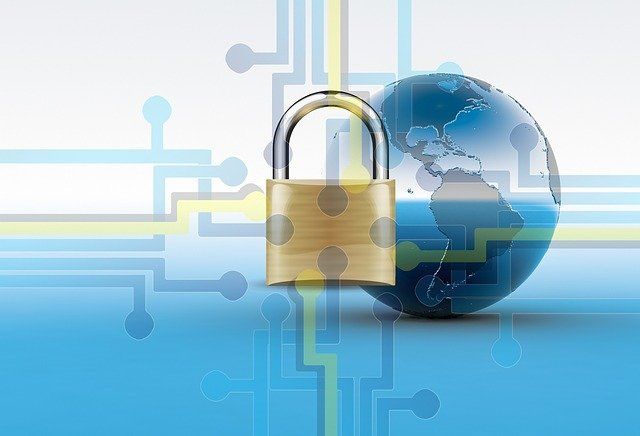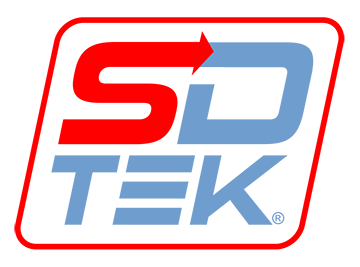Discover How Security Appliances Can Protect Corporate Networks

Cyber security is an integral part of modern business due to the unprecedented level of attacks being directed at businesses. Many businesses often install a separate firewall for blocking unwanted traffic. An additional intrusion detection system (IDS) is installed to spot and report unwanted traffic while penetration testing and vulnerability assessment tools are used to scan the network and identify potential security issues. A Business Class Firewall or Security Appliance is a system that combines the features of the above-listed appliances into one system. A system that combines the feature of Firewall, IDS, and vulnerability assessment tools into one product are known as Business Class Firewall or Security Appliance.
Security Appliances or Unified Threat Management (UTM) appliances provide the essential security features to protect corporate networks.
The number of devices connected to networks is increasing. As a result, the threats to corporate networks and the data stored in them are also increasing. Attackers are able to identify and exploit vulnerabilities in business networks due to a large number of moving parts involved. They can use loopholes in the firewall, employees who fall for phishing emails, or workers whose home computers are not adequately protected.
Many businesses use an assortment of security solutions that often come from multiple vendors to protect and defend their networks. The acquisition, configuration, management and monitoring of this variant of equipment and tools requires considerable effort and expertise. This creates an unnecessary burden for the administrators and security specialists who are tasked with protecting the network.
UTM solutions consist of optimized hardware and software that can handle many security functions in a business setting. UTM products can perform essential tasks such as firewall, intrusion detection and prevention, antivirus, virtual private networking (VPN) and more. The main purpose of a UTM solution is to provide multi-level, integrated protection. All you need is a single appliance that is not only easier to manage, but also cheaper to install. There are also cloud-based Security Appliances that have not yet been widely adopted.
A UTM appliance offers many benefits in terms of threat prevention, network, and sensitive information protection. Some important benefits of Security Appliances are discussed below:
- Hardware Consolidation : Instead of many individual devices, an administrator in a small or medium-sized business only needs to acquire, set up, and manage a single appliance, or a few appliances when it comes to protecting a larger environment.
- Simplified management and easier distribution of updates : When hidden and brand-new threats threaten many different parts of a network simultaneously, it can quickly lead to an administrative nightmare as many different security solutions are involved. UTM solutions, on the other hand, provide centralized management so that administrators can also address large-scale threats to both local and remote environments from a single console. Patch management is also made easier by requiring only a single or a few appliances to be updated rather than a variety of different devices.
- One vendor, one license, one support contact : When deploying a UTM appliance, administrators need only deal with a single vendor and support so that close and reliable direct contact can be established over time. Also, licensing a single appliance is easier to do. This is especially true when a company is growing and demand is increasing.
- Lower Costs : Hardware consolidation through Unified Threat Management typically costs less than purchasing a large number of stand-alone devices. Administrators can also focus their knowledge and training on a single appliance.
With the many administrative and cost benefits of Security Appliances, there are some challenges involved with using them which include:
- Single Point of Failure : Business Class Firewalls combine many security features into a single appliance. This can be a significant security risk if the appliance – for whatever reason – stops working. To solve this problem SMBs may consider installing a second security appliance or install advanced UTM solutions which contain backup redundant units.
- Performance issues : When all the functions of a UTM are activated and are working simultaneously, it may lead to a significant performance hit, a challenge that was prevalent in the past. The good news is that many UTM manufacturers have significantly improved the performance of their appliances. Businesses should factor system performance into their UTM buying decision.
SMBs can improve the security of their networks by installing UTMs which make administration of network security easy and manageable. Click here to contact us and learn more about how security appliances can create a safe and secure network for your business.
The post Discover How Security Appliances Can Protect Corporate Networks appeared first on SDTEK | San Diego, CA.


